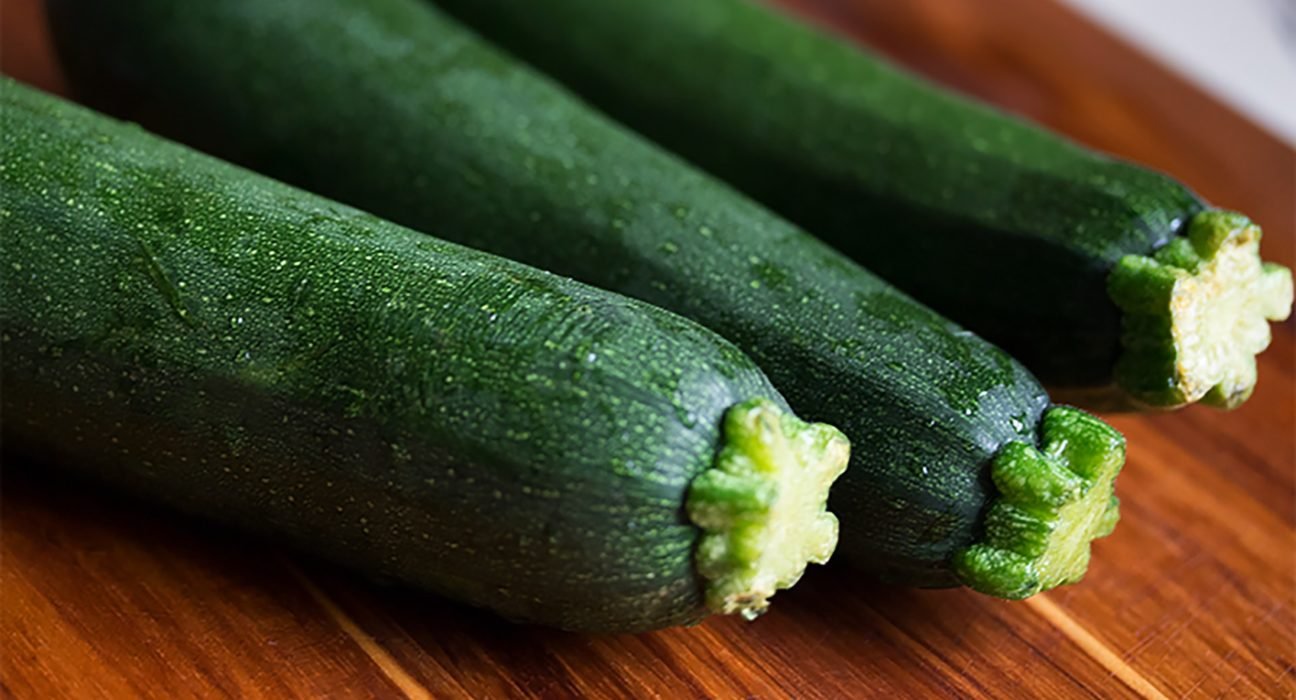We’ve all been there — locked in a spirited debate about whether a tomato, cucumber, or bell pepper is a fruit or vegetable. This debate often stems from the confusion between the culinary and botanical classifications of these items. In the culinary world, cucumbers are typically grouped with vegetables due to their savory flavor profile. However, according to scientific botanical standards, cucumbers are technically fruits.
Table of Contents
Understanding basic botanical definitions
To understand why a cucumber is classified as a fruit, one must first familiarize themselves with botanical definitions. Botanically speaking, a fruit is the mature ovary of a flowering plant, typically containing seeds. On the other hand, the term ‘vegetable’ is more loosely defined in botanical terms and is more prevalent in culinary contexts. It usually refers to all other edible parts of the plant, such as roots, stems, and leaves.
Characteristics of cucumbers
A cucumber, botanically known as Cucumis sativus, is a member of the gourd family. It grows from flowers and contains seeds, aligning it with the botanical definition of a fruit. Cucumbers develop from the fertilized ovary of its flower, further solidifying their fruit status. Despite their savory taste and frequent presence in salads, the biological reality is that cucumbers are, in fact, fruits.
The scientific justification
If we look closer into the cucumber’s reproductive processes, it becomes apparent why it falls under the fruit category. Cucumber plants flower, and these flowers are pollinated and fertilized. The fertilization process initiates the development of the ovary, which swells and matures into what we recognize as a cucumber. This mature ovary, containing seeds for potential new plants, is a clear exhibit of a botanical fruit.
Common misconceptions and their causes
The reason cucumbers are often misclassified as vegetables is due to their use in culinary contexts. In the kitchen, fruits are generally sweet and used in desserts or eaten raw, while vegetables are savory and used in main dishes. As cucumbers have a mild, almost bland taste, and are often used in salads and other savory dishes, they are culinarily treated as vegetables. This dichotomy between culinary and botanical definitions is not unique to cucumbers; it applies to numerous foods like tomatoes, bell peppers, and zucchinis, all of which are technically fruits but are treated as vegetables in the kitchen.
Implications of this classification
You might be wondering, does this classification truly matter? In everyday life, not really. Cucumbers will continue to be a staple in salads and pickles, regardless of their botanical classification. However, from a horticultural and botanical perspective, these classifications are vital. It informs planting, care, and harvesting strategies for different crops. In addition, understanding the correct classifications can have implications for nutritional understanding, as fruits and vegetables contribute different nutrients to our diet.
Conclusion
In conclusion, while cucumbers are often thought of as vegetables due to their culinary uses, they are technically fruits according to botanical definitions. This discrepancy reminds us of the fascinating complexities of nature and the importance of scientific knowledge in our daily lives. Science not only helps us understand the world around us more accurately but also influences how we interact with and perceive it.






